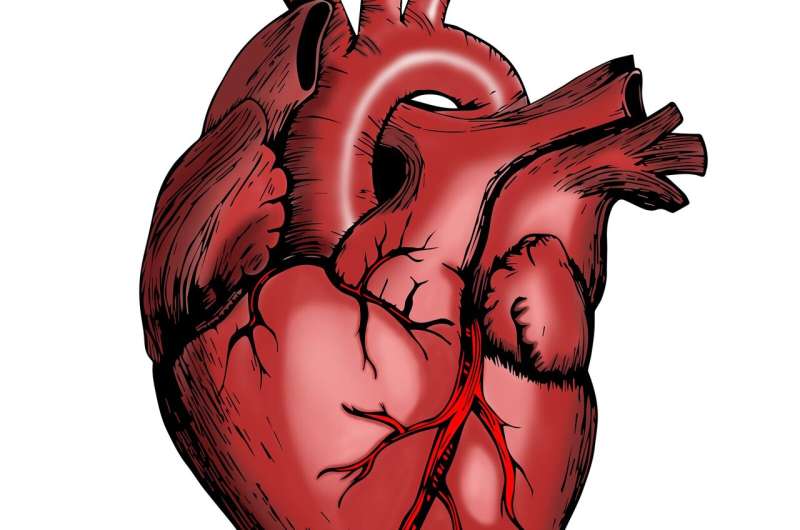Research Demonstrates How Universal Motorcycle Helmet Laws Enhance Safety and Reduce Injuries

A decade-long study confirms that universal motorcycle helmet laws significantly improve safety by increasing helmet use and reducing injury severity among riders. Learn how legislation impacts rider safety and public health.
A comprehensive study analyzing a decade's worth of data has confirmed the significant protective impact of implementing universal motorcycle helmet laws. Conducted by researchers from Carolinas Medical Center in Charlotte, North Carolina—an American College of Surgeons (ACS)-verified Level I trauma center—the research compared outcomes of motorcycle crash victims from North Carolina, which mandates helmet use for all riders, with those from South Carolina, where helmet laws only apply to riders under 21.
The study revealed that helmet usage was substantially higher in North Carolina, with 94% of riders wearing helmets, compared to only 47% in South Carolina. This disparity had a notable effect on injury severity: patients wearing helmets registered lower Injury Severity Scores (13.6 versus 16.0), indicating less severe injuries overall. Additionally, helmeted riders were less likely to require ICU care post-accident (25% vs. 39%), and helmet non-wearers often faced longer hospital stays and increased ventilator support.
A key finding was the correlation between helmet use and insurance status; uninsured riders were more common among those not wearing helmets, shifting medical costs onto taxpayers and highlighting economic consequences. The research presents a natural experiment illustrating that mandatory helmet laws lead to higher compliance and safer outcomes.
Despite clear evidence supporting universal laws, only 19 states maintain such legislation today—a sharp decline from 47 states five decades ago. Advocates, including trauma surgeons like Dr. Christmas, emphasize that repealing helmet laws results in decreased helmet use and increased fatalities or severe injuries. The study also observed low compliance among younger riders, with only 33% wearing helmets during crashes in South Carolina, compared to just 10% in North Carolina.
Lead author Dr. Stephanie Jensen underscores that universal laws help normalize helmet use, especially among youth, who are influenced by observing adults. She urges healthcare professionals and policymakers to advocate for ongoing helmet legislation to prevent traumatic injuries and save lives. Limitations of the study include exclusion of riders who died at the scene or sustained minor injuries not requiring trauma care.
This research reinforces the critical importance of universal helmet laws as an effective public health measure to protect motorcyclists and reduce the human and economic toll of injuries.
Source: https://medicalxpress.com/news/2025-05-universal-laws-motorcycle-helmet-injury.html
Stay Updated with Mia's Feed
Get the latest health & wellness insights delivered straight to your inbox.
Related Articles
Innovative Biocompatible Sealant Offers Superior Healing for Soft Organ Injuries
A new injectable hydrogel sealant developed by researchers promises rapid healing and strong adhesion for soft, elastic tissues such as lungs and blood vessels, improving trauma treatment outcomes.
Innovative Diagnostic Test Promises Early Detection and Improved Treatment for Leptospirosis
A new diagnostic method developed by Yale researchers enables early detection of leptospirosis through identifying leptospiral VM proteins, promising better treatment options and improved global health management.
Understanding the Causes and Potential Treatments for Heart Defects in Noonan Syndrome
Recent Yale research uncovers the molecular mechanisms behind heart defects in Noonan syndrome and highlights a promising drug that could offer new treatment options for affected children.
Declining HIV Diagnoses in New Zealand Indicate Progress in Prevention Efforts
New Zealand is experiencing a positive downward trend in HIV diagnoses, driven by improved prevention strategies and treatment, with significant reductions among men who have sex with men.



